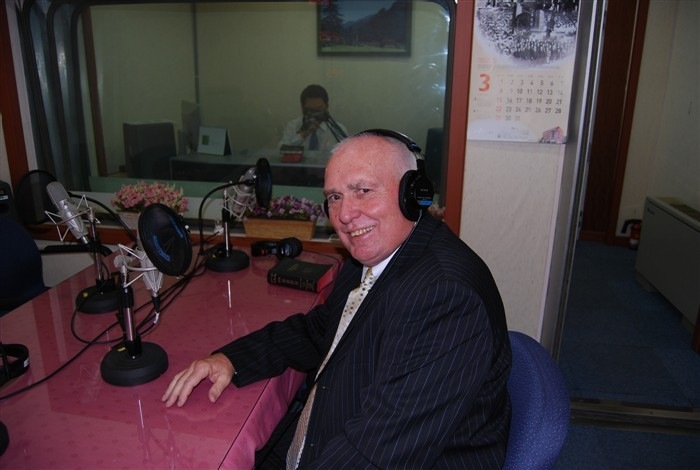One Man Makes A Difference
I know each of us can look back in our lives knowing we could have done more and that so often we got in the way of God doing all He could in us and through us.
This is the story of a man that God used in a miraculous way to change a Nation and set an example for generations to come..
Korea post Korean War was a country that was 97% Buddhist. It had endured Japanese occupation and a war that had left the country economically destitute, and morally and spiritually adrift. People from that era describe a situation where hopelessness was the most prevalent governing attitude of the majority. Today reasonable estimates show that South Korea is approximately 50% Christian. Ten (10) of the twelve (12) largest churches in the World are found there including the largest Assembly of God, the largest Presbyterian the largest Baptist and the largest Methodist churches in the world.
 |
| Dr. Kim Chi Sun |
Into this situation God raised up a man called by his contemporaries the “Jeremiah of Korea”. Kim Chi Sun had returned to Korea after graduating with his Th D from Dallas Theological Seminary and began his ministry in the Presbyterian Church in Korea. His ministry however by God’s grace was larger than that. He helped the Korean churches revitalize and make a regular part of their lives the early morning-prayer times.
This practice when you experience it helps you to understand the phenomenal growth of the Korean church. Each day the salvation of their family, friends, work associates, and yes their whole nation is lifted with fervent passion before the throne of God.
 |
| Anyang University founded by Dr. Kim Chi Sun |
It is also interesting to note that after the Korean War it was the disciples of Kim Chi Sun who ventured into North Korea to share the gospel with their communist countrymen. There has never been any denial of the oneness of the people of North and South Korea and the prayer for unification is prayed every day at the early-morning prayer services. These missionaries, 19 in all went to North Korea and 17 of them lost their lives for the sake of the gospel. This passion is still seen today by all who were touched by Kim Chi Sun’s life.
 |
| Dr. Billy Kim A man with a warm heart and a fiery message |
Over the years, Dr. Chi Sun Kim served as a spiritual mentor to up and coming transformational Church leaders including Dr. David Yonggi Cho, the now retired Pastor of Yoido Full Gospel Church in Korea (The world’s largest Church) and Dr. Billy Kim who served 45 years as pastor of the 15,000-member Central Baptist Church in Suwon, Korea before being elected to serve a five-year term as president of the Baptist World Alliance from 2000 to 2005.
 |
| Praying with Dr. Cho in his office |
Dr. Cho tells the story of being taken as a young man to travel around the country to be with Dr. Kim and learn not only how to preach but how to minister with spiritual power and authority. Dr. Cho jokes that in the cold Korean winters they spent many nights sleeping under the same blanket.
Dr. Kim had prayed that God would give him a tithe of the nations souls for his labor and more that twice that number came to Christ through his ministry. The best estimates are that close to 6 million Koreans can trace their spiritual heritage to his ministry.
There have been numerous books written about Dr. Kim and the stories of how God used him would be an encouragement to any believer seeking to be used by God.
 |
| His passion for souls is reflected in the title and content of his thesis "The Heart Of The Gospel" |
 |
| Dr. Samuel Kim Founder and Chancellor California State Christian University |
He leaves not only a legacy that helped transform a nation but also a living legacy through his son Dr. Samuel Kim who felt God’s call to the many Korean immigrants to America and has planted churches in the United States and travelled around the world preaching the gospel. Continuing the legacy of training he formed California State Christian University that has expanded to not only train Korean leaders but English and Spanish leaders in the United States and through the cooperative work with indigenous nationals has taken the task of training leaders to more than 13 countries.
The purpose of this article as stated at the beginning is to ask the question, "What would God be able to do with each of us if we let him?".
It is my prayer that God would use me and I trust it is your prayer that he would use you to do exceedingly more than we could ever ask or imagine.




















